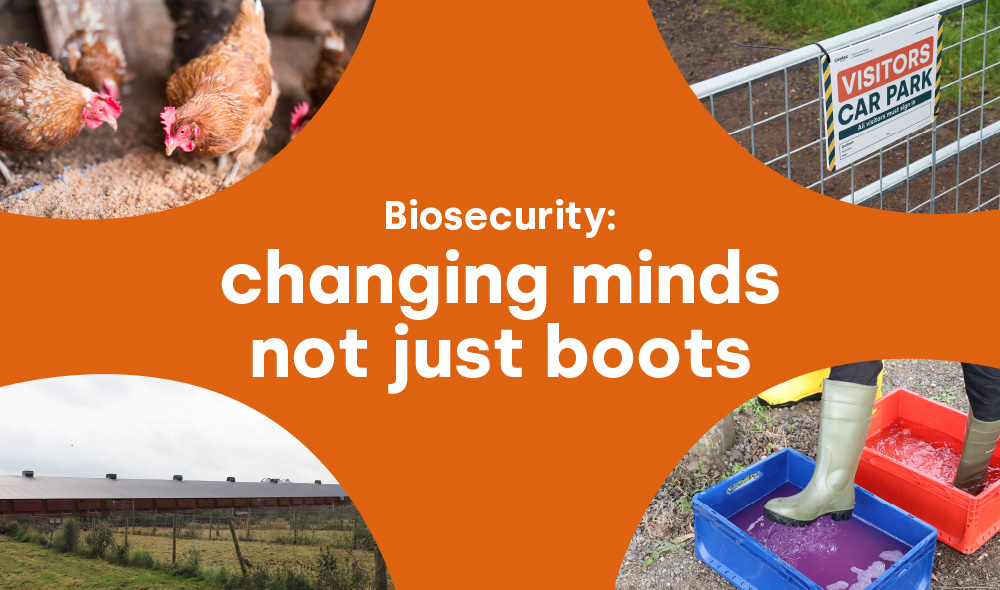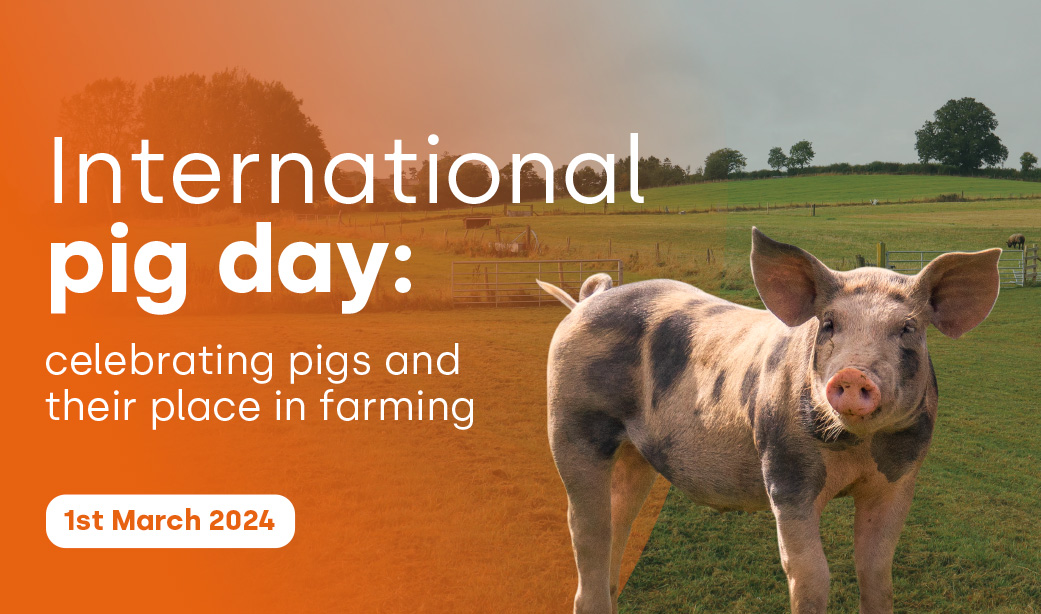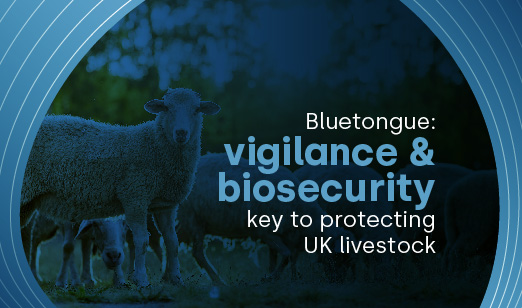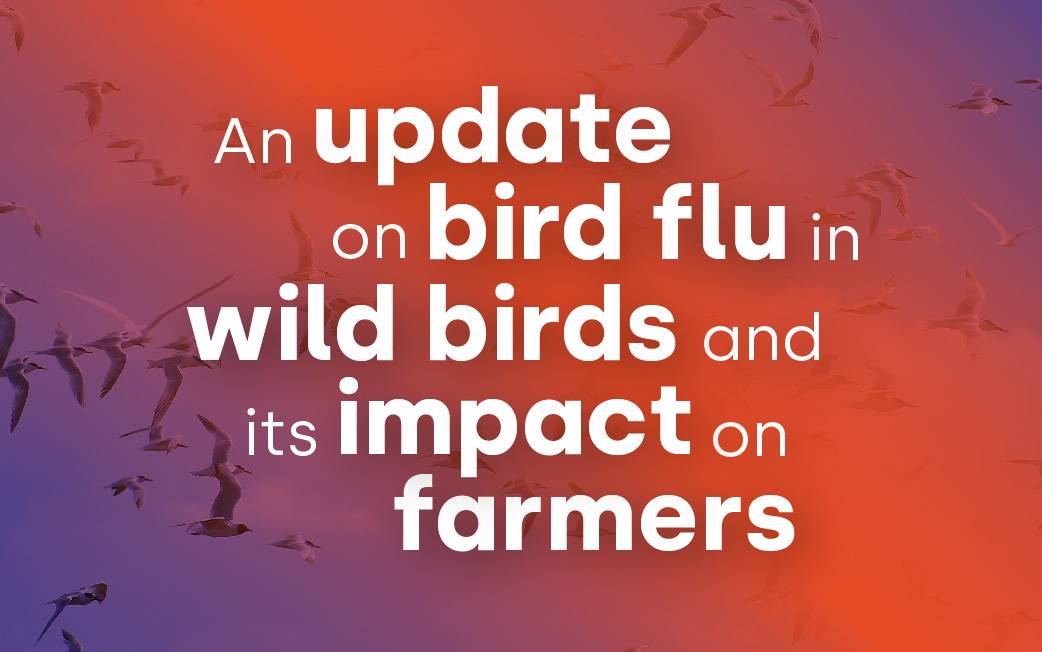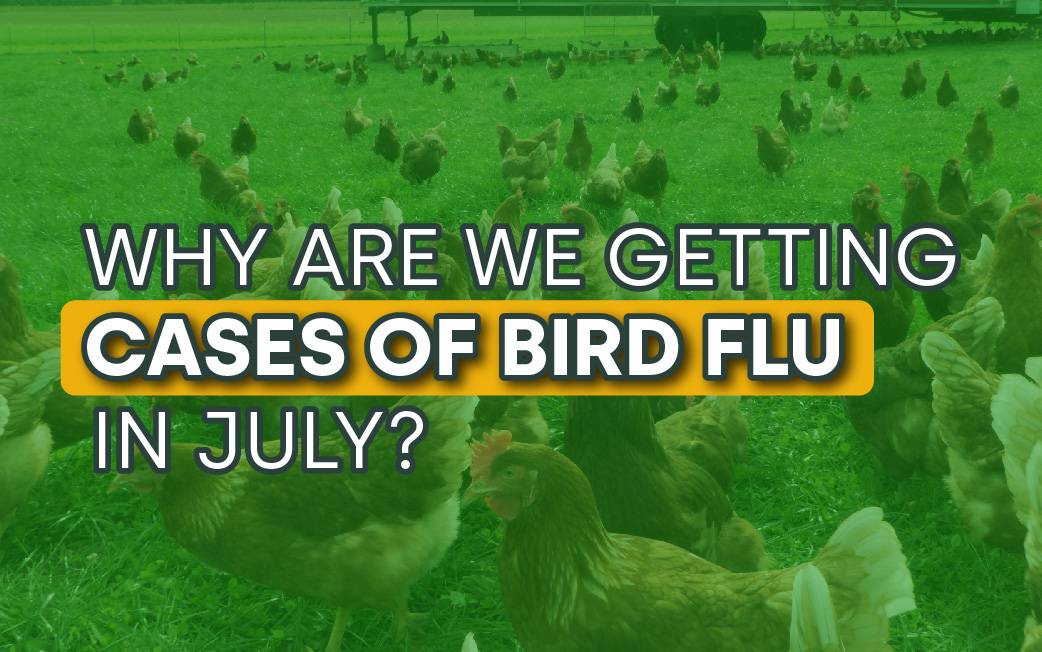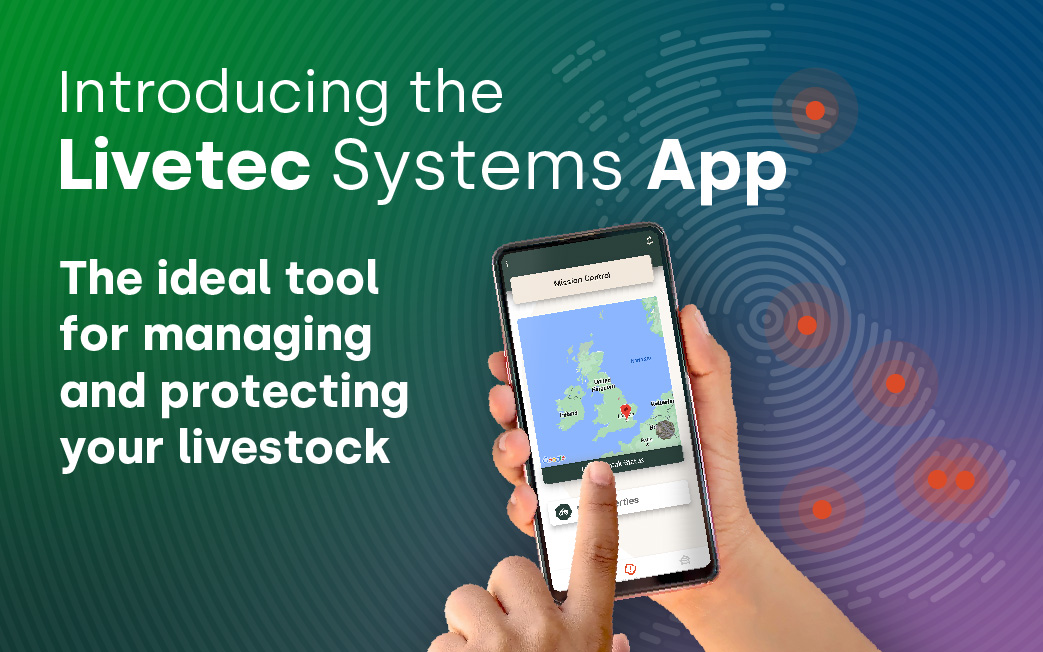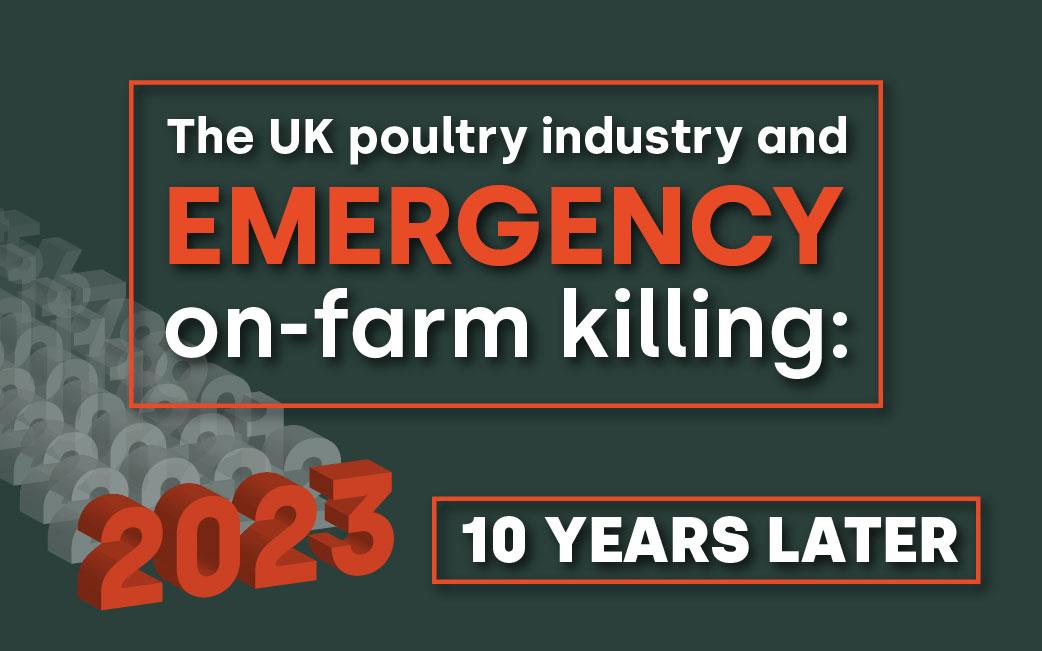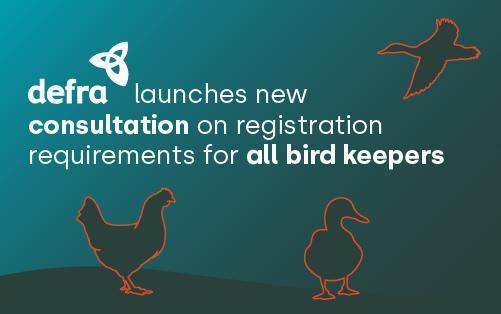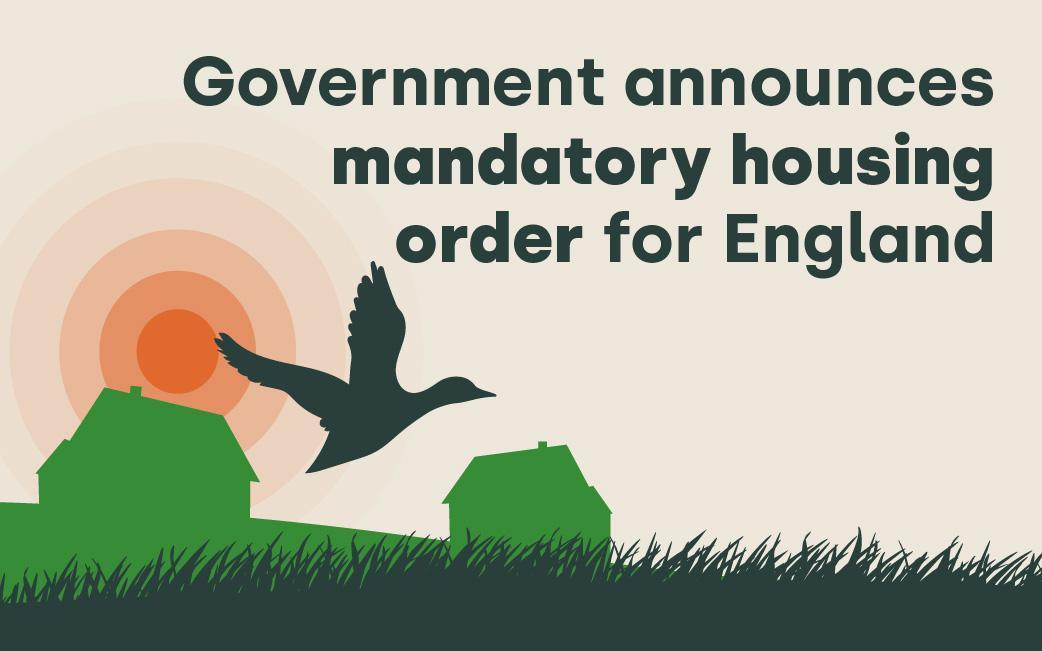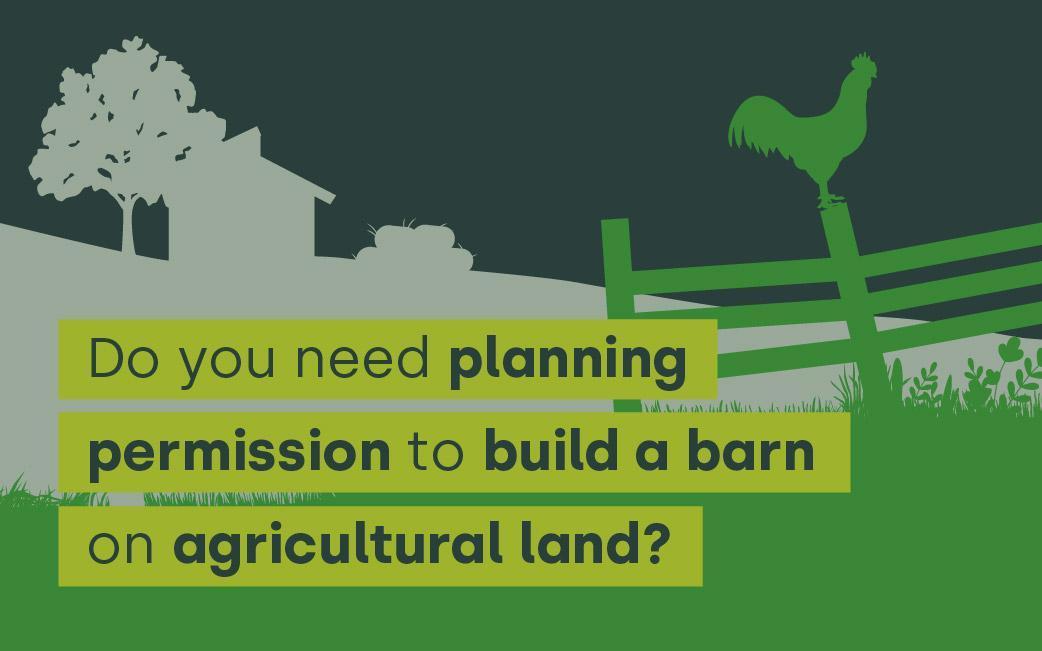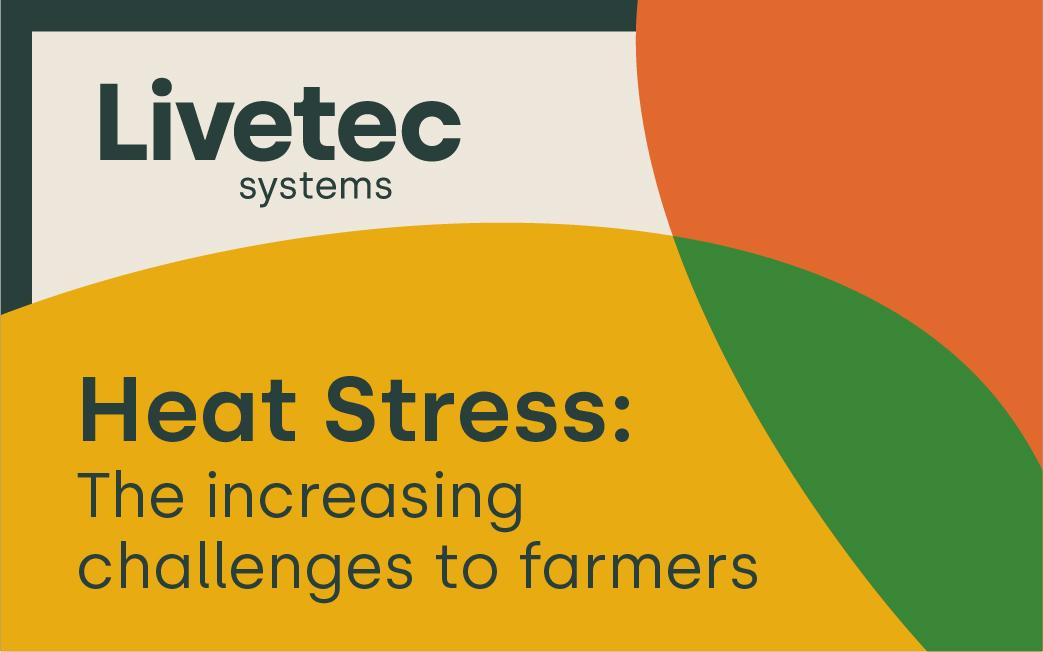Planning permission for agricultural land comes under different planning rules than those for commercial or domestic use.
If you want to develop your farm’s agricultural land to increase output performance or increase efficiency without going through the full planning permission process, there are Permitted Development Rights (PDRs) you can use.
The government is committed to supporting farmers and the agricultural sector, and the PDRs are designed to help ensure that farmers can continue to operate their businesses effectively. They allow farm owners to build, alter, extend buildings, excavate or undertake engineering for the purposes of agriculture on their property.
What PDR should I use to develop my farm?
Of the Classes of PDRs that are available to farmers the Class A is designated for the development of the premise for the improvement or enhancement of the agricultural business.
Class A
Class A of the PDR allows the development of agricultural buildings which include:
- Agricultural storage buildings, grain stores, feed etc
- Livestock housing
- Machinery storage buildings
- Agricultural workers’ dwellings
- Hard surfaces for easier access to fields and improving pathways
Things to consider when making your plans
When developing your plans for improvement or expansion there are some things you should consider:
- The land that is to be developed is agricultural and must not be less than five hectares in size
- A building that is classed as a dwelling cannot be altered or additional structure added to it
- The building has to be used solely for the purpose of agriculture
- The construction should not be the first one on the premises
- The development cannot be more than 75 metres away from the nearest group of main buildings
- The development cannot exceed 500 sqm or 12 metres in height
- There has to be a distance of 9 metres from the middle of any road
What you cannot do
Although Class A of PDRs has streamlined the planning process for farms looking to enhance their agricultural buildings and land, there are some things that you cannot do.
Development is not permitted when:
- Land that is part of the agricultural unit but is less than one hectare in size
- It is not for agricultural use or if dwellings are involved
- The area of the development or building is greater than 100 sqm, excluding fencing
- Part of the development is within 25 metres of the metal barriers of a trunk road or classified road
- A building, which is going to be used for slurry or waste housing, or for animals is within 400 metres of a dwelling. NB: If the dwelling is on the farm this restriction does not apply
- Excavations or engineering projects which are connected with fish farming on particular protected lands, such as National Parks
- The building will be within 3km of an aerodromes perimeter as high restriction rules apply
An additional consideration when planning your development
When planning for the development of your farm business, whether it be new buildings/sheds, enhancement to old, improving or developing farm access for transport or movement around the farm, biosecurity must be considered.
With avian influenza decimating whole flocks around the UK and with the advancing risk of African Swine Fever, biosecurity should be part of the planning process.
How Livetec can help you at your planning stage
The layout of your farm and the buildings on it, play a large part in providing high biosecurity. The legacy buildings that exist may not have been designed with biosecurity in mind. So, when developing your premises it is the ideal time to develop a biosecurity plan to protect the welfare of your animals, your business and reputation.
Livetec has been delivering trusted biosecurity measures at grassroots level for over a decade. Working with farm businesses at new build projects we create disease prevention safeguards which reduce the risk of potential outbreaks from day one.
Find out more about how the expert Livetec team can advise you on biosecurity in future developments on your premise by contacting us here.













